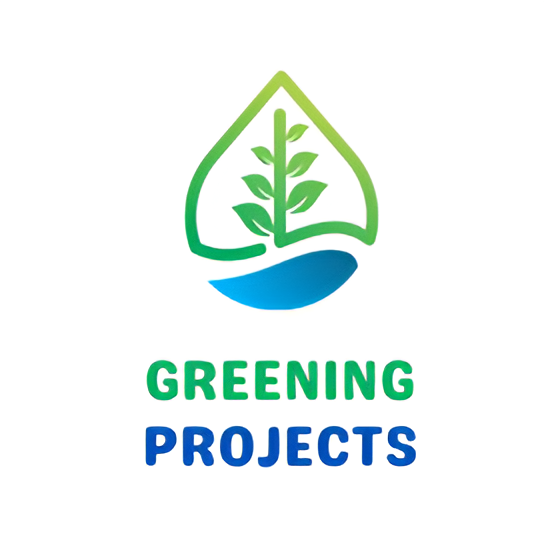Introduction to Drought Sustainability
In an era where water conservation is paramount, understanding and implementing drought sustainability practices is crucial. This article explores the vital role of permeable surfaces in managing water resources effectively.
Understanding Permeable Surfaces
Permeable surfaces are innovative solutions that allow water to pass through them, aiding groundwater replenishment and reducing surface runoff. They are key players in sustainable urban development.
Types of Permeable Surfaces
Permeable surfaces come in various forms, each offering unique benefits. These materials are revolutionizing urban landscapes from permeable pavements to porous concrete and gravel.
Benefits of Permeable Surfaces
The primary advantage of permeable surfaces is their ability to mitigate water runoff and erosion, significantly contributing to groundwater recharge. This not only aids in water conservation but also helps maintain the ecological balance.
Implementing Permeable Surfaces in Urban Areas
While implementing permeable surfaces in urban areas comes with challenges, innovative solutions and successful case studies highlight their feasibility and effectiveness.
Maintenance and Durability
Concerns about the long-term maintenance and durability of permeable surfaces are common. However, with proper care, these surfaces are resilient and effective in various climates.
Cost Analysis and Incentives
A thorough cost-benefit analysis reveals that the long-term advantages of permeable surfaces often outweigh the initial investment. Various government and local incentives further encourage their adoption.
Environmental Impact
The environmental impact of permeable surfaces extends beyond water conservation. They play a significant role in supporting ecosystem health and benefiting local wildlife.
Community Involvement
For successful implementation, community involvement is key. Educating the public and encouraging community-driven initiatives can significantly boost the adoption of porous surfaces.
Future Trends in Permeable Surfaces
The future of permeable surfaces looks promising, with continuous innovations in materials and design. These advancements are expected to shape urban development in the years to come.
Comparing Permeable and Non-Permeable Surfaces
Understanding their advantages and disadvantages is crucial when deciding between permeable and non-permeable surfaces. This section helps in making informed decisions based on specific area needs.
FAQ Responses on Permeable Surfaces
- What makes permeable surfaces more sustainable than traditional surfaces? Permeable surfaces are more sustainable than traditional surfaces primarily due to their ability to manage water more effectively. Unlike traditional impermeable surfaces that contribute to runoff and water pollution, permeable surfaces allow water to seep through into the ground, reducing runoff, minimizing erosion, and aiding in groundwater replenishment. This contributes to a more balanced and sustainable urban water cycle.
- How do permeable surfaces contribute to drought sustainability? During droughts, water conservation becomes crucial. Permeable surfaces help in drought sustainability by capturing rainwater and allowing it to percolate into the soil, replenishing local aquifers. This process conserves water by reducing the need for artificial irrigation and helps maintain moisture levels in the soil, which is especially beneficial in arid conditions.
- Are there any special maintenance requirements for permeable surfaces? Permeable surfaces require different maintenance compared to traditional surfaces. Over time, the pores in these surfaces can get clogged with debris, which may reduce their permeability. Regular maintenance such as sweeping, vacuuming, or pressure washing is necessary to keep the pores open and functional. Additionally, it’s important to ensure that the surrounding landscape does not deposit sediment onto the surface, which can also lead to clogging.
- Can permeable surfaces withstand heavy traffic and harsh weather conditions? Modern permeable surfaces are designed to be durable and can withstand heavy traffic and harsh weather conditions when properly installed and maintained. Materials like permeable concrete, porous asphalt, and certain types of pavers are engineered to bear heavy loads and resist weather-related wear and tear. However, the specific choice of material and design should be tailored to the expected traffic and local climate conditions to ensure longevity.
- Are there any government incentives for installing permeable surfaces? Many governments, especially in regions prone to flooding or drought, offer incentives for installing permeable surfaces as part of sustainable urban development initiatives. These incentives can include tax breaks, rebates, grants, or other forms of financial assistance. It’s advisable to check with local government agencies or environmental departments for specific programs available in your area. Additionally, certain non-profit organizations and environmental groups may also offer support or resources for such sustainable projects.

